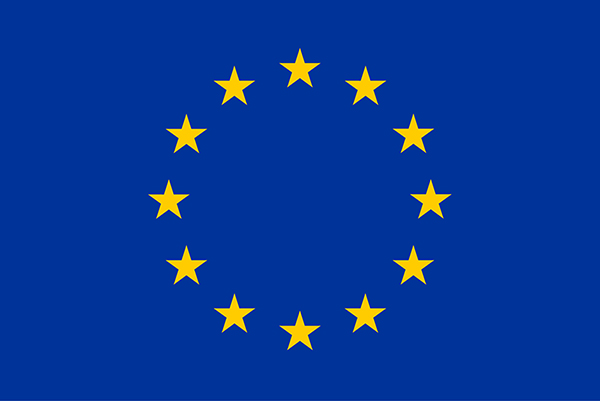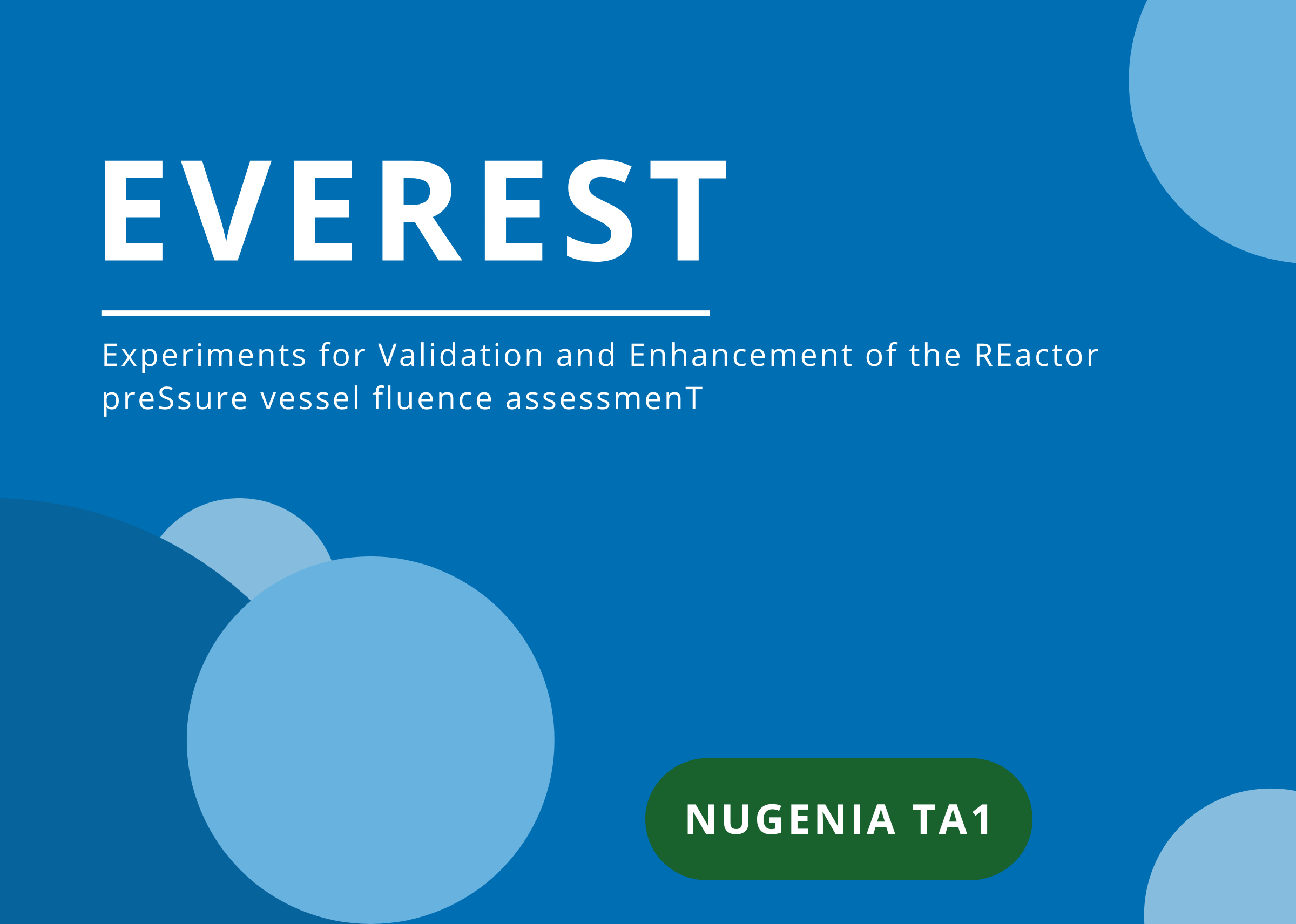
OBJECTIVES
The EVEREST project is dedicated to improving the safety and efficiency of nuclear reactors through cutting-edge multi-physics modelling. By leveraging advanced computational tools, EVEREST produces more accurate and detailed data, which is essential for validating and refining safety margins in nuclear power plants.
The EVEREST project intends to address this issue by:
- quantifying the impact of using advanced multi-physics models for the modelling of Long Term Operation (LTO) relevant parameters (vessel fluence) in PWR and VVER reactors;
- demonstrating the accuracy of their results, especially the improved resolution through the production of dedicated experimental data;
- and promoting them to key groups of the nuclear engineering community (students, utilities, regulators).
The consortium is built around the necessary research facilities and expertise from all the required actors of the nuclear industry, both within Europe and outside.

EXPECTED IMPACT
In terms of impact, the project will produce scientific knowledge towards producing electricity using a climate-neutral energy system, in a safe and efficient way.
The advanced models will provide more accurate and detailed information about the current safety margins in nuclear reactors relevant for long term operation enabling more informed decisions on setting the regulatory limits; and resulting in an improvement of the plant safety as a whole. A better understanding of the safety margins for a nuclear power plant could also allow lifetime extension. The same approach can be envisioned for research reactors and allow more users to carry out research activities.
Finally, the EVEREST project will have a long-term impact on knowledge preservation through the organization of a summer school and trainings as well as the funding of mobility grants.

HIGHLIGHTS
This research not only contributes to safer, more efficient energy production but also supports the transition to climate-neutral energy systems. The project actively involves key stakeholders, such as students, utilities, and regulators, by providing training, promoting the adoption of these advanced models, and ensuring the long-term preservation of nuclear safety knowledge through educational initiatives.
The project aims at making key groups of the nuclear industry (utilities, regulators) aware of multi-physics simulation platforms methodologies and can use them on real problems associated with Long Term Operation.

PARTNERS
GRS gGmbH; VTT; HUN-REN EK; JSI; BME; LGI; PEL; IRSN; UPM; TRACTEBEL; MVM PAKS NPP
Associated partners: PSI; EPFL; NCSU; AXPO

DURATION
Duration: 4 years, September 2024 – August 2028
Budget: € 4 082 645.75

CONTACT

This project has received funding from the EURATOM research and Innovation programme 2021-2025 under Grant Agreement n°101163288.




